
Quake III Arena is a 1999 multiplayer-focused first-person shooter developed by id Software. The third installment of the Quake series, Arena differs from previous games by excluding a story-based single-player mode and focusing primarily on multiplayer gameplay. The single-player mode is played against computer-controlled bots. It features music composed by Sonic Mayhem and Front Line Assembly founder Bill Leeb.

Quake is a first-person shooter game developed by id Software and published by GT Interactive. The first game in the Quake series, it was originally released for MS-DOS, Microsoft Windows and Linux in 1996, followed by Mac OS and Sega Saturn in 1997 and Nintendo 64 in 1998. In the game, players must find their way through various maze-like, medieval environments while battling monsters using an array of weaponry. Quake takes inspiration from gothic fiction and the works of H. P. Lovecraft.

Star Wars Galaxies is a Star Wars- themed massively multiplayer online role-playing game (MMORPG) for Microsoft Windows, developed by Sony Online Entertainment and published by LucasArts.
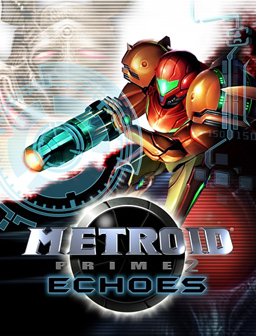
Metroid Prime 2: Echoes is an action-adventure game developed by Retro Studios and published by Nintendo for the GameCube. The sequel to Metroid Prime (2002) and the first Metroid game with a multiplayer feature, Echoes was released in North America, Europe and Australia in 2004 and in Japan under the name Metroid Prime 2: Dark Echoes in May 2005.

Unreal Tournament 2004 is a first-person arena shooter video game developed by Epic Games and Digital Extremes. Part of the Unreal franchise, it is the third game in the Unreal Tournament series and the updated version of Unreal Tournament 2003.

Starsiege: Tribes is a first-person shooter video game. It is the first of the Tribes video game series and follows the story from Metaltech: Earthsiege and Starsiege. It was developed by Dynamix and published by Sierra On-Line in 1998. An expansion pack, Tribes Extreme, was cancelled; it was supposed to add single-player missions, multiplayer maps, and bot AI.

BZFlag is a free and open-source, multiplayer online, tank game.

Infantry, also known as Infantry Online, is a multiplayer combat video game. Originally released in 1999, the game was taken offline by Sony Online Entertainment and the servers shut down in March 2012. The Infantry community subsequently took control of the game and re-launched it independently at freeinfantry.com.

Dystopia is a team-based, objective-driven, first-person shooter video game, developed as a total conversion modification on the Valve's proprietary Source engine. It is based on the cyberpunk literary and aesthetic genre; it is somewhat based on popular role-playing game Shadowrun, created by an amateur development team and released to the public for free. Its first playable build was released on September 9, 2005, after a year of planning and nine months of development. The first full version of Dystopia, Version 1, was released after 3 years of development on February 25, 2007.

Cosmic Rift was a two-dimensional massively multiplayer video game designed by lead programmer Jeff Petersen. It is based in a science fiction universe wherein players can fly from an overhead view one of 13 spaceships, each with their own strengths and unique weapons, in a variety of gaming zones each with a different objective.
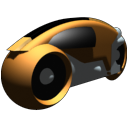
Armagetron Advanced is a multiplayer snake game in 3D based on the light cycle sequence from the film Tron. It is available for Linux, macOS, Microsoft Windows, AmigaOS 4 and OpenBSD as free and open-source software.

Nerf Arena Blast is a first-person shooter developed by Visionary Media, Inc. and published by Hasbro Interactive, released under their Atari Interactive label. The game, based on Nerf, was touted as a "family-friendly version of multiplayer combat games like Quake III: Arena and Unreal Tournament", and was supported by Hasbro Interactive until that company gave its rights and properties over to Infogrames. The cutscenes were animated by Mondo Media alongside them doing the in-game art.

Battlefield 2142 is a 2006 first-person shooter video game developed by DICE and published by Electronic Arts. It is the fourth game in the Battlefield series. Battlefield 2142 is set in 2142, depicting a war known as "The Cold War of the 22nd Century", in which two military superpowers – the European Union (EU) and Pan Asian Coalition (PAC) – battle for the remaining unfrozen land during a new ice age.
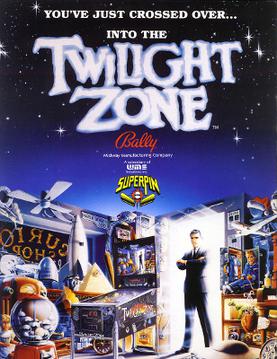
Twilight Zone is a widebody pinball machine, designed by Pat Lawlor and based on the TV series of the same name. It was first released in 1993 by Midway. This game is part of WMS' SuperPin line of widebody games alongside Star Trek: The Next Generation and Indiana Jones: The Pinball Adventure.

Star Voyager is an outer space shooter for the Nintendo Entertainment System. The gameplay is a first-person shooter from inside the cockpit of a spaceship. The player navigates "sub spaces" of a larger "world map." Gameplay takes place between different subspaces.

Devastation is a first-person shooter video game by American developer Digitalo Studios, released in 2003.

Astro Battle is a science fiction multidirectional shooter developed and published by American studio Lava Lord Games for Microsoft Windows and Linux. The gameplay focuses on players designing star fighters to fight against other players' ships in an overhead melee.
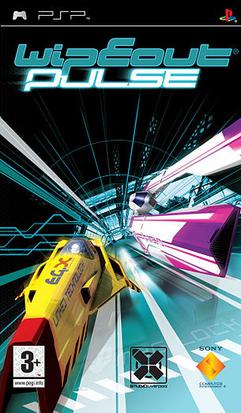
Wipeout Pulse is a futuristic racing video game developed by Studio Liverpool and published by Sony Computer Entertainment for the PlayStation Portable. It was released in December 2007 in Australia and Europe, and in February 2008 in North America. A PlayStation 2 port was released in Europe in June 2009. The game is the seventh installment of the Wipeout series and serves as a sequel to Wipeout Pure. It takes place in 2207 and revolves around players competing in the FX400 anti-gravity racing league.
Evochron Legends is an online science fiction game developed and published by Starwraith 3D Games for Microsoft Windows. It was released on February 5, 2009.
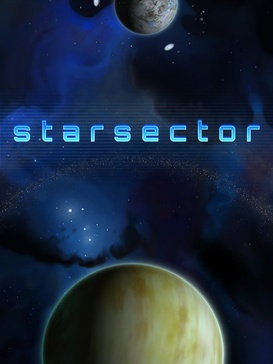
Starsector is an upcoming top-down single-player indie role-playing game developed and published by Fractal Softworks for computers in 2011. Set in the year 3126, the player commands a fleet of spaceships and engages in trade, exploration, and combat in a procedurally generated world.



















